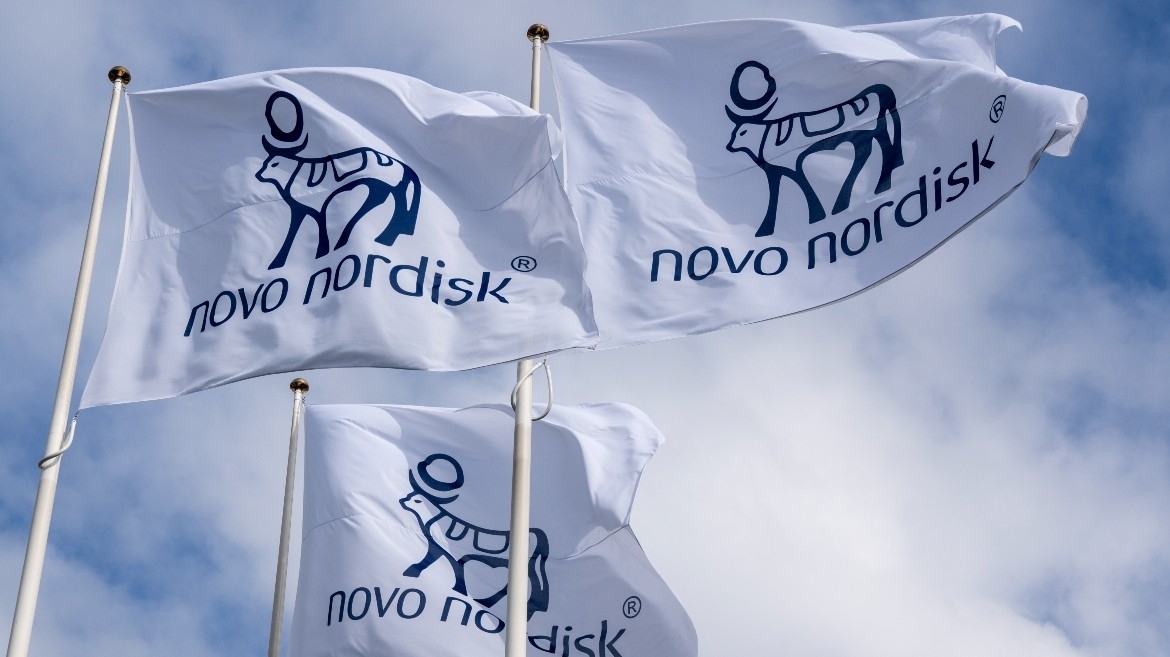
Gold is an asset that thrives on bad news. But despite trade tension between the US and China, the shiny metal did relatively little in May, as it hovered around the $1,300/oz mark. In the first few days of June, the price for an ounce of gold inched up from $1,305 to $1,326. Is the yellow metal about to soar?
The downside of investing in gold is that it doesn’t have a yield, so it doesn’t generate a cash flow or profit. Therefore, the precious metal is often seen as an insurance policy, as it’s not correlated with the fortunes of the stock market.
But investors have used gold as a safe haven for centuries, and it tends to do well in times of crisis. For example, it rallied by 17% when Lehman Brothers collapsed, while the S&P 500 fell by over 40% at the time.
It also soared between 2009 and 2012 when the US Federal Reserve embarked upon quantitative easing (QE). “Markets feared the Fed had lost control,” says Russ Mould, investment director at AJ Bell. But more recently, the Fed has gradually turned from QE to quantitative tightening since then and has been raising interest rates. And higher interest rates are bad news for assets that don’t have a yield – like gold.
The picture might change if the American economy doesn’t hold up. Mould argues that if markets see the Fed doing a policy U-turn and it starts cutting rates, or even returns to QE, then gold could start to run once more.
“Markets are now pricing in the prospect of three Fed rate cuts, totalling 75 basis points, by the end of next year,” says Aneeka Gupta, associate director of research at WisdomTree. The Fed’s vice chairman Richard Clarida has suggested the central bank will rethink its monetary policy if inflation remains low and global growth remains weak coupled with strained financial markets.
Trade Tensions Could Boost Gold Price
Meanwhile, trade tensions have continued to escalate. US President Donald Trump announced his intention to impose a 5% tariff on Mexican goods. Tariffs would lead to higher prices within the US, which could contribute to inflation, notes Chris Mahoney, assistant portfolio manager of the four-star rated Merian Gold & Silver fund. In this scenario, the Fed would lower interest rates, and then, Mahoney expects “the gold price, which tends to move inversely to real interest rates, to move higher.”
Gupta says she expects gold prices to rise to $1,385 an ounce by the end of the first quarter of 2020: “We believe the upside risks to gold prices are likely to be more pronounced than the downside after a prolonged bull run in cyclical assets.”
Meanwhile, Peter Elston, chief investment officer of Seneca Investment Managers, recently started a new position in gold by adding the four-star rated Investec Global Gold Fund, which invests in mining shares, and the Invesco Physical Gold ETC (SGLD), which tracks the price of the metal, to his portfolios.
He says the rationale behind the move is that “gold is a hedge against the monetary inflation we're likely to get when the next recession hits.” He continues: “When central banks are trying to support their economy during their recession by rapidly loosening monetary policy, they debase their paper currencies. In that case gold should do well, because you can't debase gold.”
After all, what makes gold valuable in the first place is its rarity - unlike paper money, the supply of the precious metal is finite: all the gold mined in the world would fit into just two Olympic-sized swimming pools. The amount of new gold mined each year increases the total supply by less than 2%.
“In the next two to three years, we're going to get some economic downturn, which could be quite nasty,” says Elston. He points out that yield curve in the US has already inverted, an economic indicator that’s often seen as the harbinger of a recession.
“It doesn't mean a recession is imminent – it has appeared on horizon, but it hasn’t arrived at the port yet,” he says. And if it does arrive “central banks around the world would introduce ultra-loose monetary policy, and that is good for the gold price.”
Looking to the Long-Term
Mahoney is particularly bullish on gold over the longer-term. He says: “I believe that the gold price will surpass $2,000 an ounce within the next five years, and in the context of monetary disorder, the upside could be thousands of dollars.”
This would be the highest gold price ever seen. So far, the all-time record price for an ounce was $1,895 in September 2011, when investors worried the US could default on its debts. Not everybody is as bullish on gold, but the precious metal seems to be gathering momentum.
In the shorter term, “a move above the $1,350 to $1,400 an ounce level, which the metal has failed to crack on half-a-dozen occasions since the start of 2017, would really encourage gold bugs,” says Mould. “Equally, any failure to make a sustained breakthrough would challenge the bull case for the precious metal.”






























